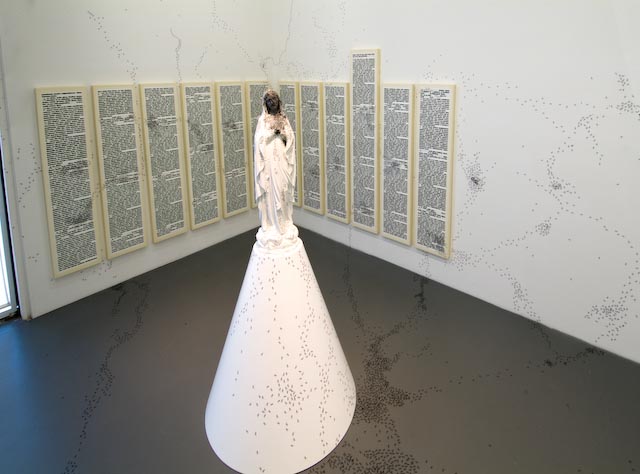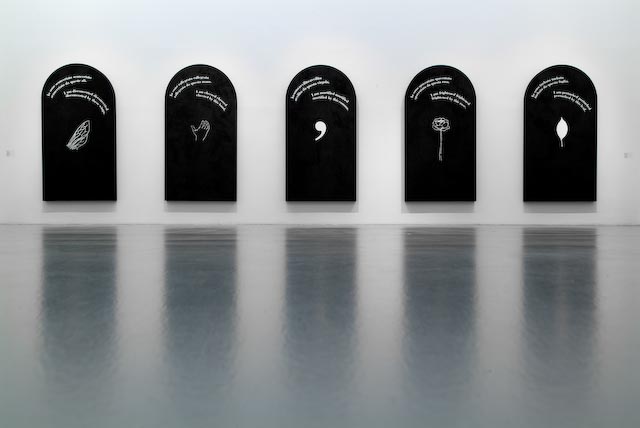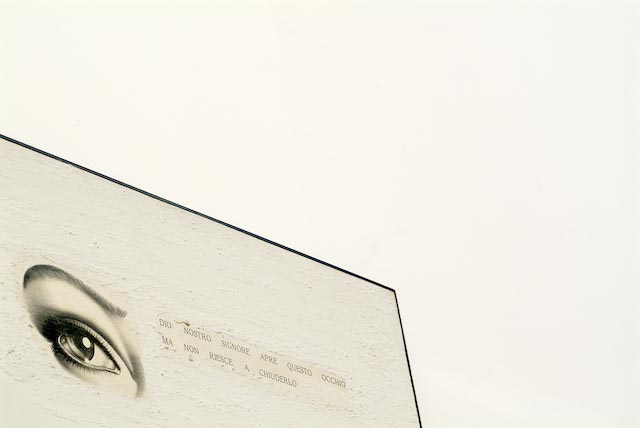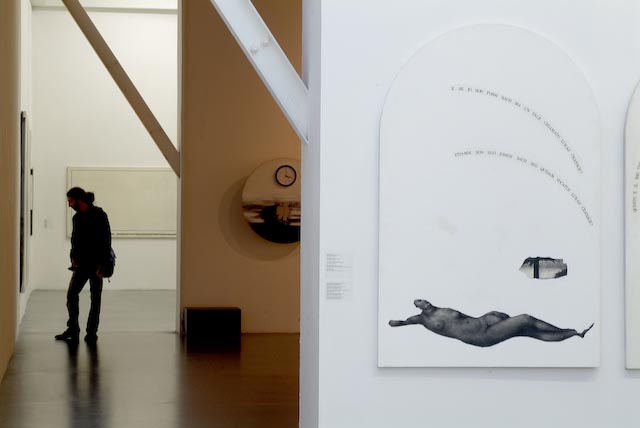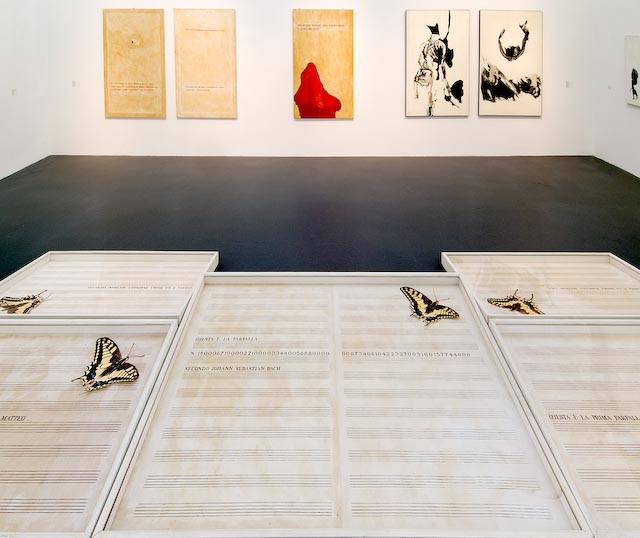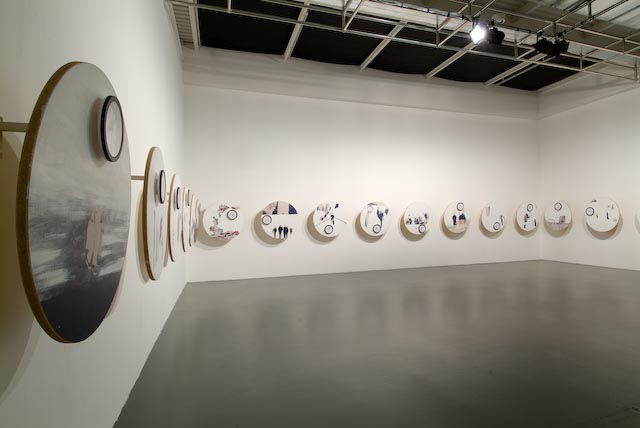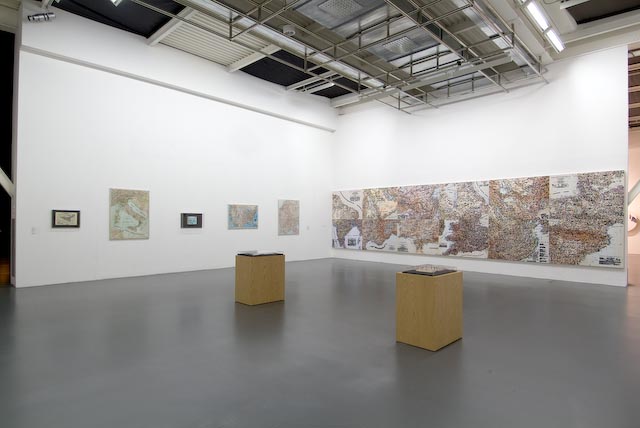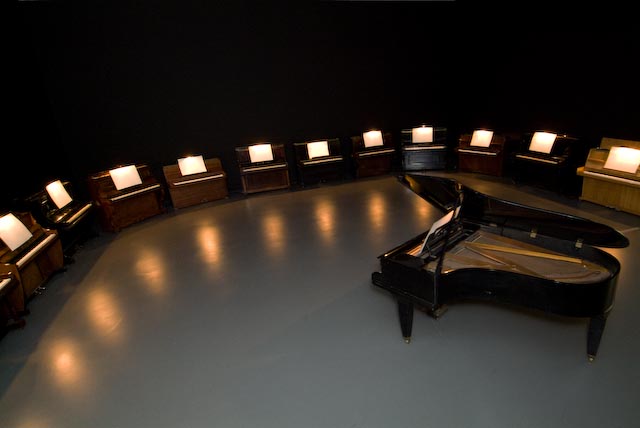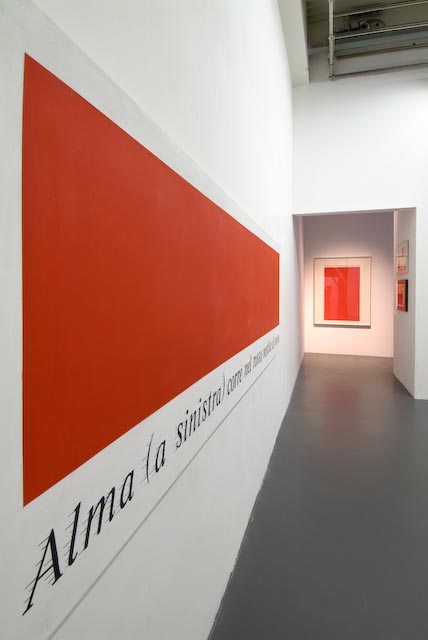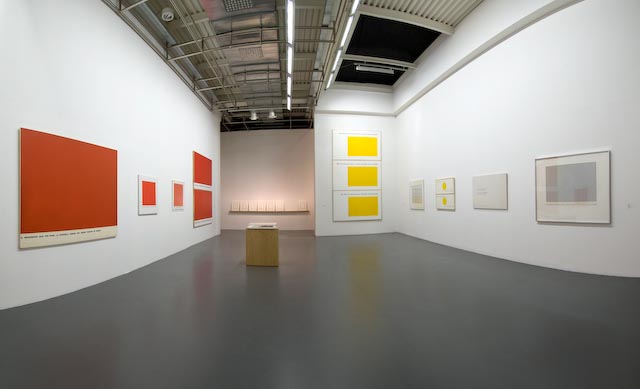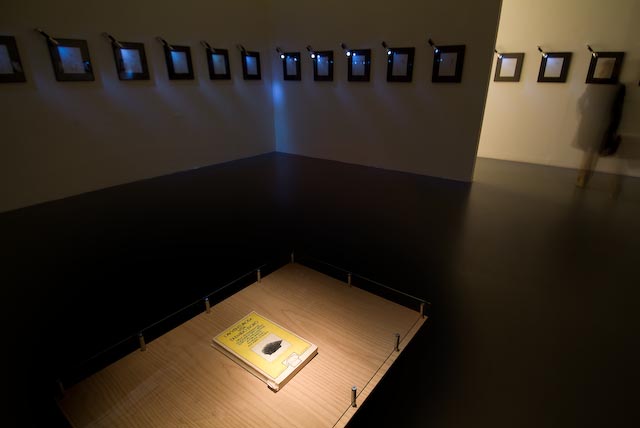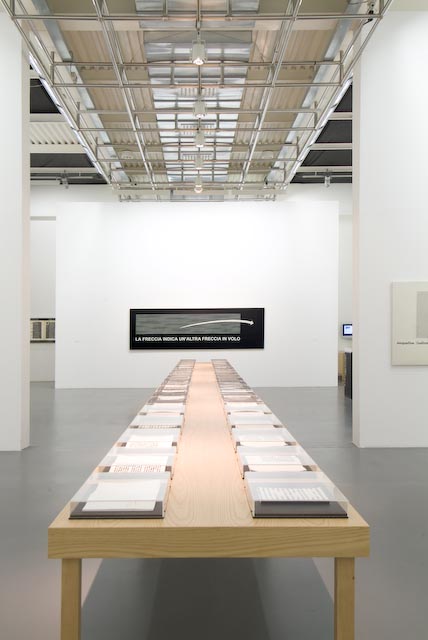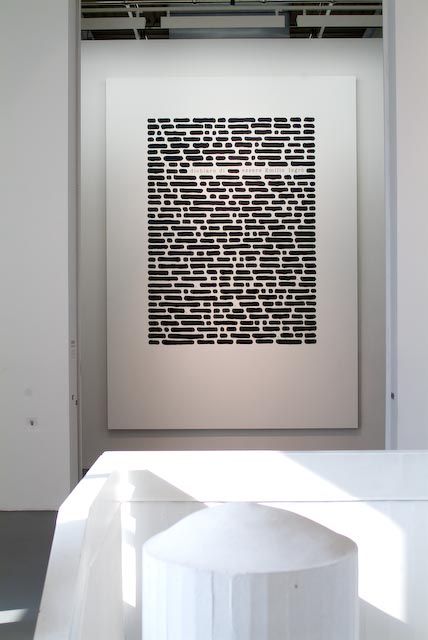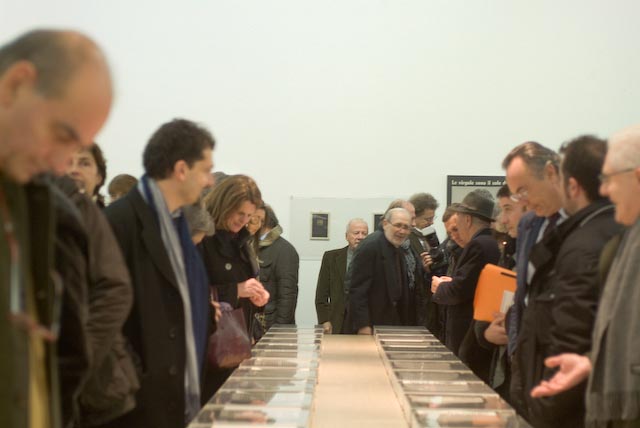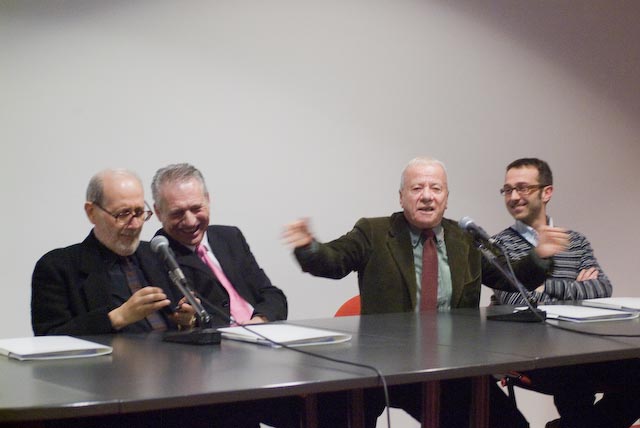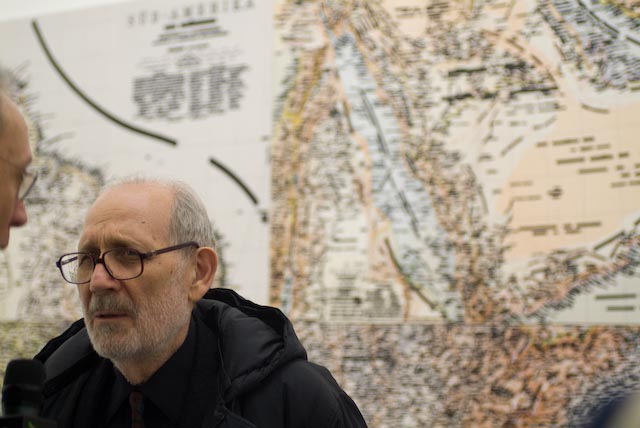Dichiaro di essere Emilio Isgrò
2008年02月03日—05月11日
Curated by Marco Bazzini and Achille Bonito Oliva
The great retrospective entitled Dichiaro di essere Emilio Isgrò created by curators Marco Bazzini and Achille Bonito Oliva exhibition has been mounted in the dedicated halls of the 'Centro Pecci' and goes back over the essential milestones in the career of artist, poet and writer Emilio Isgrò. Created especially for this occasion, Dichiaro di essere Emilio Isgrò, is the enormous piece (400x300 cm) that lends its name to the whole retrospective and opens the exhibition. Emilio Isgrò himself, a prominent figure on the contemporary national and international art scene, contributed to conceiving the exhibition as a journey touching the various chapters of a lively artistic career which came to the fore ever since the early sixties. The duel between Emilio Isgrò and the printed word has been going on for almost half a century. It was in the early sixties when the author started creating his cancellature (deletions), that is, works accomplished by acting on texts and manually covering some parts of them. Words are deleted with heavy markings, so that only small fragments of sentences are still readable. Here is what Isgrò says about deleting: "In the beginning it was probably nothing but a gesture: one of the many gestures artists once made in order to leave a trace in the course of life and of the world". Then he goes on: "As a matter of fact it has transformed in my hands year after year, minute after minute, giving in to my artistic wishes even better than I wanted or hoped for". The act of deleting is a paradoxical destruction-reconstruction gesture. Those words which are not affected by deletion bring lifeblood to a new message carrying essential meanings: the useless is swept away. Deletion becomes the unmistakable language of his artistic exploration which, though anticipating conceptuality, tends more and more to affirm its own independence as time goes by: each time the artist tackles the technique of deletion, he will reach results with of varying quality. Together with the concept of deletion, which is central and constant in the works by Isgrò, the cohabitation between words and images is also original. Writings converse with photographs, which are expedients that become unavoidable precepts to understand his work. The language element and visual perception interact, thus suggesting a more thorough "reading" of the work that goes beyond its simple aesthetical impact: the viewer is induced to make an ideological and interpretative reflection on the subject. Through visual poetry the body of art gets onto the stage of the page, that is, the place of poetical representation, where space and time both act: and so, in 1971, with Dichiaro di non essere Emilio Isgrò the artist enters the province of figurative images, verging on painting, sculpture, performance, architecture, scenic design and theatre at the same time.
In the exhibition mounted at the Centro Pecci the chapters and themes dealt with by the artist are clearly inferred from historical and highly-valued works. From the works of the sixties: Titoli di giornale; Volkswagen; Cancellatura (Ideologia della sopravvivenza); Poesia Jacqueline; Attila; Paolo e Francesca; Anabasi; L'attacco isterico (Freud); Il Cristo cancellatore; Trittico del Vecchio Continente. Those from the seventies: Enciclopedia Treccani; L'avventurosa vita di Emilio Isgrò nelle testimonianze di uomini di stato, artisti, scrittori, parlamentari, attori, parenti, familiari, amici, anonimi cittadini; Semibreve da Haydn; La Q di Hegel; Allende (and other deleted telexes); Trittico della Rivoluzione; Particolare da Montale: Il presidente Mao dorme; Mao Fuma, Henricus Kissinger, ex; Bagnasco; Particolare da Andreotti; Chopin (installation-score for 15 pianos). Those from the eighties: Biografia di uno scarafaggio; Cancellatura candida; L'Ora italiana; La Ciaccona; Johanna Juditha; Hans Bach; Fredda e senza schiuma. Works from the nineties and more recent ones: Dittico Antonello Dio; Il Dio di Mozart; Nero Caravaggio; Competition is competition; Fosforo Phosphorus; Weltanschauung e Mantra siciliano per madonne toscane.
Emilio Isgrò
Barcellona Pozzo di Gotto, Messina, 1937. Vive e lavora a Milano Emilio Isgrò, artista, romanziere, poeta e giornalista, ha fatto della cancellatura la propria... 阅读文章
Centro per l'arte contemporanea Luigi Pecci
Viale della Repubblica, 277, 59100 Prato PO, Italia
Produced by
Centro per l’Arte Contemporanea Luigi Pecci di Prato
